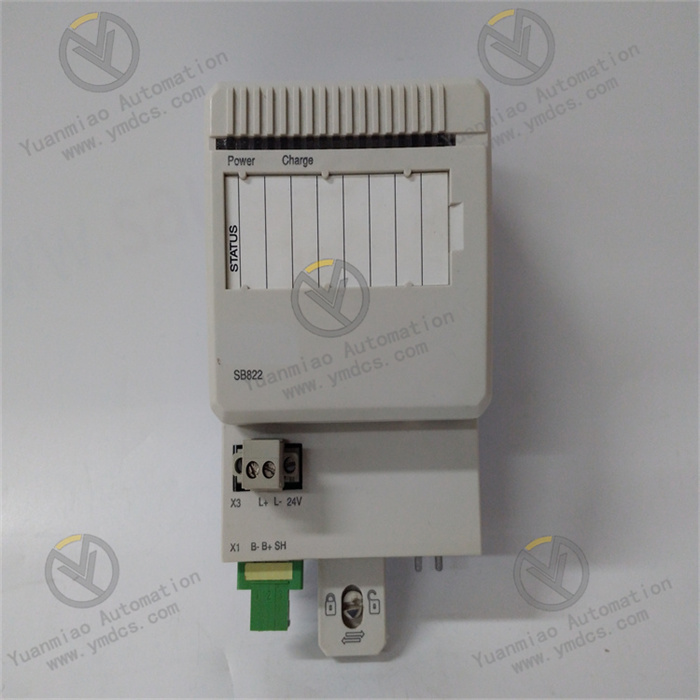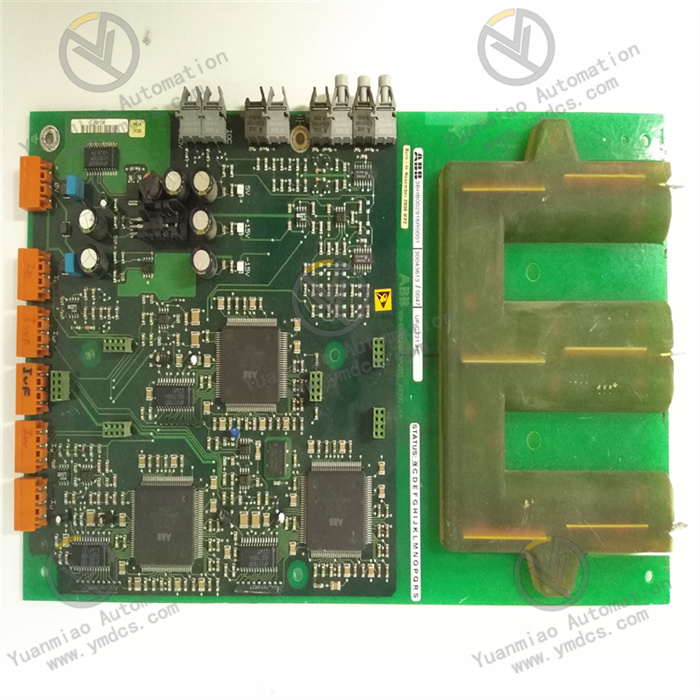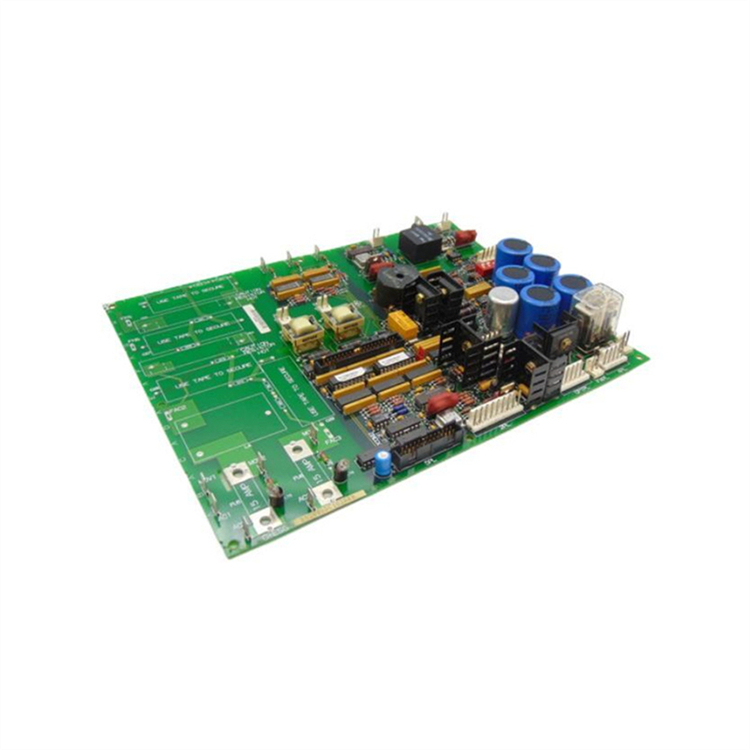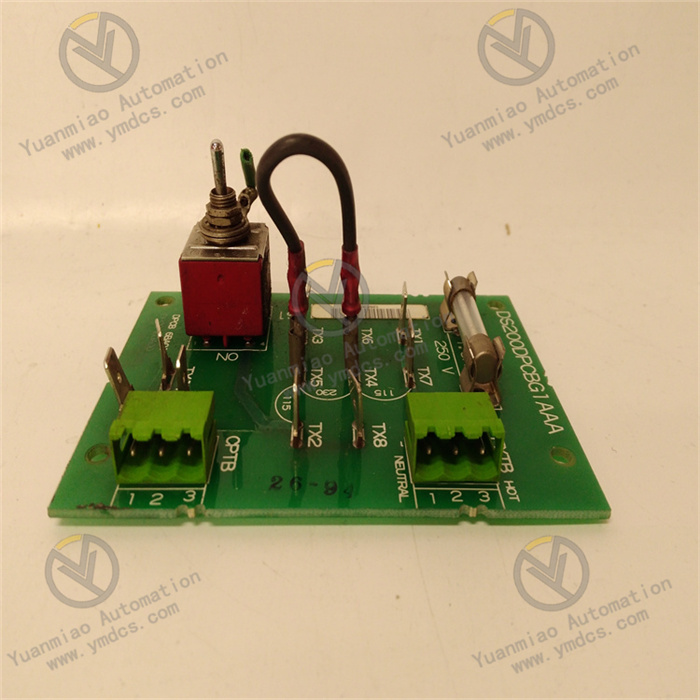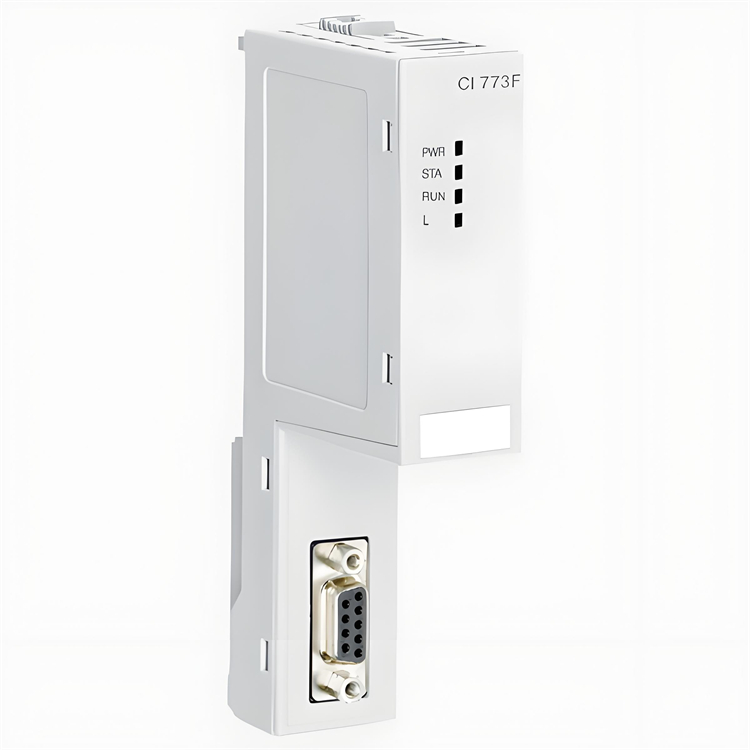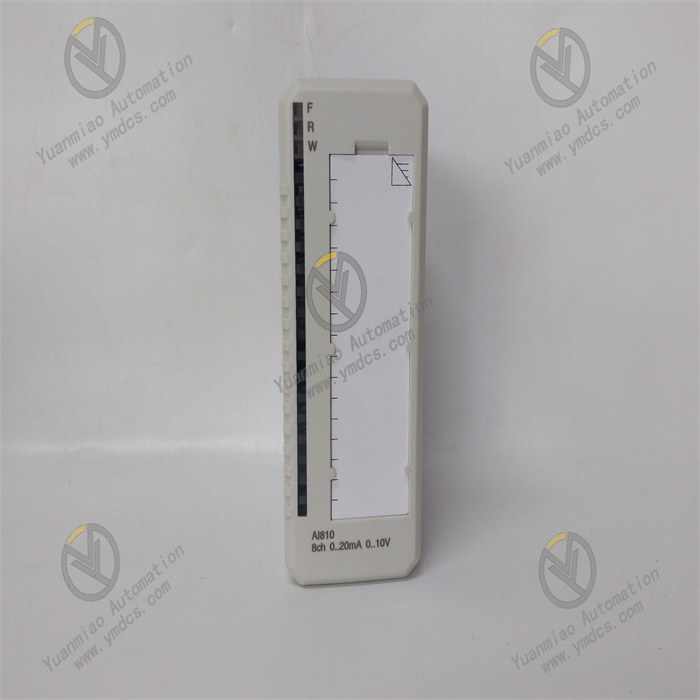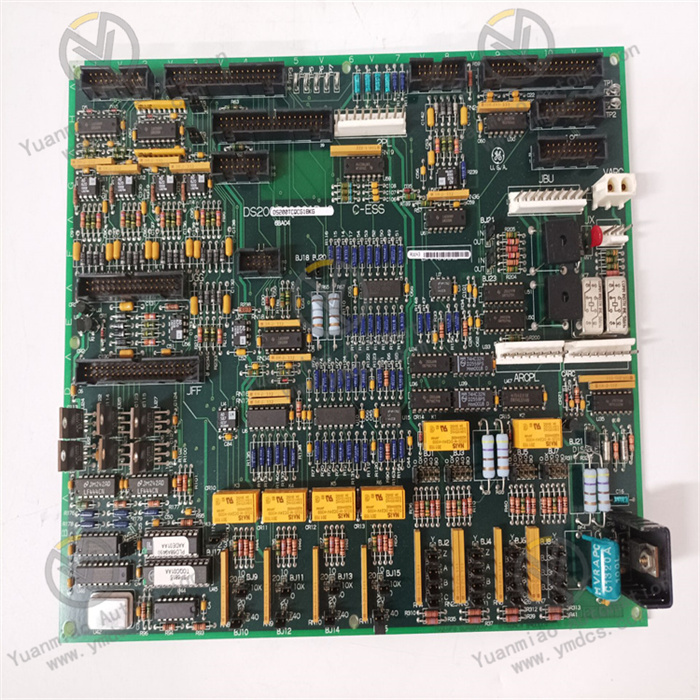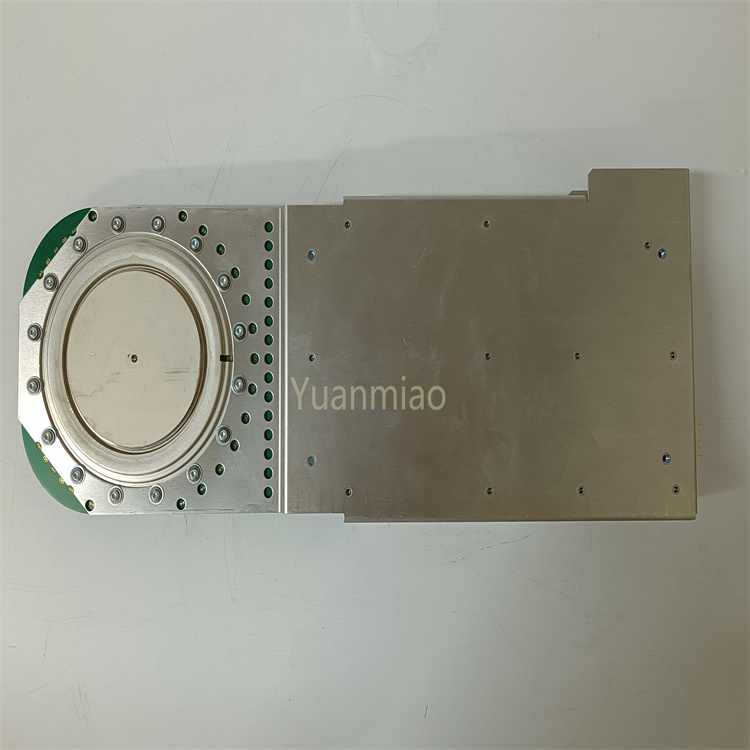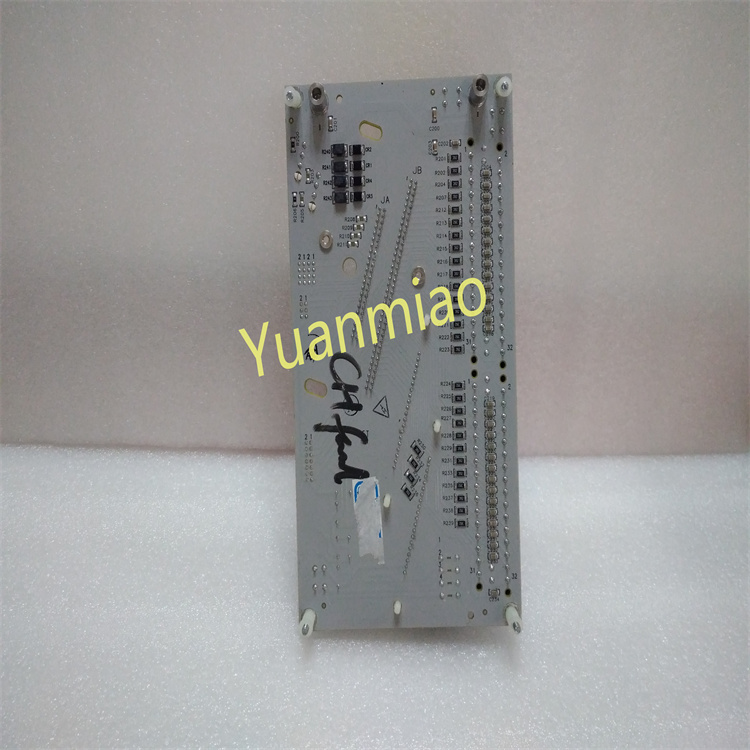Description
ABB 07BR61R1 GJV3074376R1
Functional Features: Communication Function: It is likely to support multiple communication protocols, such as Modbus, Profibus, or Ethernet/IP, etc., to enable data interaction with other devices. For example, in an industrial network, this module can send the collected data to the host computer or receive control instructions from the host computer. Data Processing and Control: It has data processing capabilities and can process and control input analog quantities (such as voltage, current, temperature, etc.) or digital quantities (such as switch states). For instance, it can monitor and control the operating status of a motor, and adjust the motor's speed or start/stop according to the set parameters. Reliability and Stability: It follows ABB's strict quality standards and can operate stably in harsh industrial environments, such as those with high temperature, high humidity, and strong electromagnetic interference. It has a certain protection level, such as IP20 or higher, to prevent dust and small particles from entering the module and affecting its performance.
Application Fields: Industrial Automation Production Lines: In production lines of automobile manufacturing, electronic manufacturing, etc., it is used to control and monitor production equipment to ensure the efficient and stable operation of the production process. For example, it can control the actions of robotic arms and monitor the operating parameters of each link on the production line. Power Systems: In power facilities such as substations and power plants, it measures and controls power parameters to ensure the safe and stable operation of the power system. For example, it can monitor parameters such as voltage, current, and power, and adjust the operating status of power equipment according to the measurement results. Process Control Industries: In industries such as chemical, pharmaceutical, and food and beverage, it precisely controls and monitors various parameters in the production process. For example, in chemical production, it controls parameters such as the temperature and pressure of the reaction kettle to ensure the smooth progress of chemical reactions.
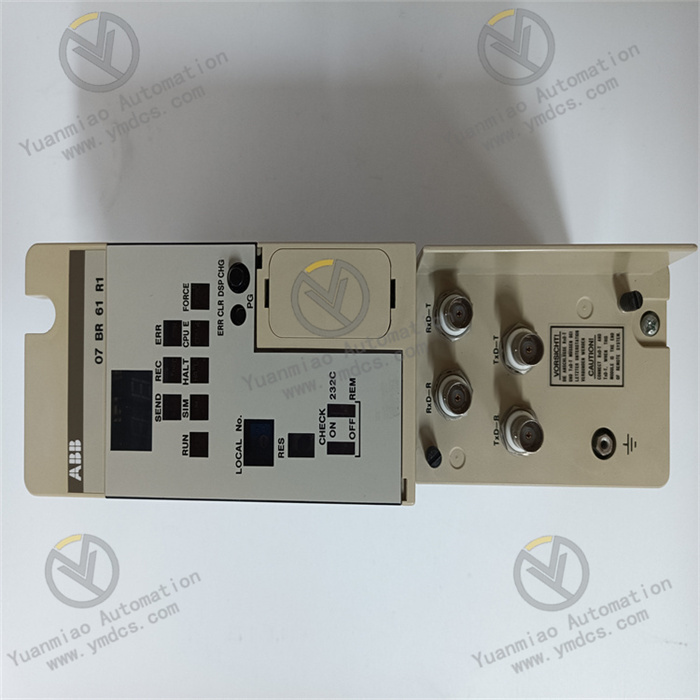
Common Faults and Solutions: 1. Power Supply Fault Fault Phenomenon: The power indicator of the module does not light up, and the module cannot work normally. Solution: First, check the external power supply input. Use a multimeter to measure whether the power supply voltage is within the range required by the module. If the input voltage is abnormal, check the power supply line, power switch, and fuse, etc. If the input voltage is normal, there may be a fault in the internal power supply circuit of the module. In this case, professional personnel are required to check and repair the inside of the module, which may involve replacing the power supply module or related circuit components.
2. Communication Fault Fault Phenomenon: Communication with other devices fails, and the communication indicator light is abnormal, such as not lighting up or flashing abnormally, and data cannot be transmitted or received. Solution: Check the communication connection line to ensure that the communication cable is firmly connected and there is no damage. For serial communication, check whether the serial port parameter settings, such as baud rate, data bits, stop bits, parity bits, etc., are consistent with those of the communicating device; for Ethernet communication, check whether the network parameter settings such as IP address, subnet mask, and gateway are correct. If the communication line and parameter settings are normal, there may be a fault in the communication interface of the module. You can try to restart the module or use diagnostic tools to test the communication interface, and replace the communication interface module if necessary.
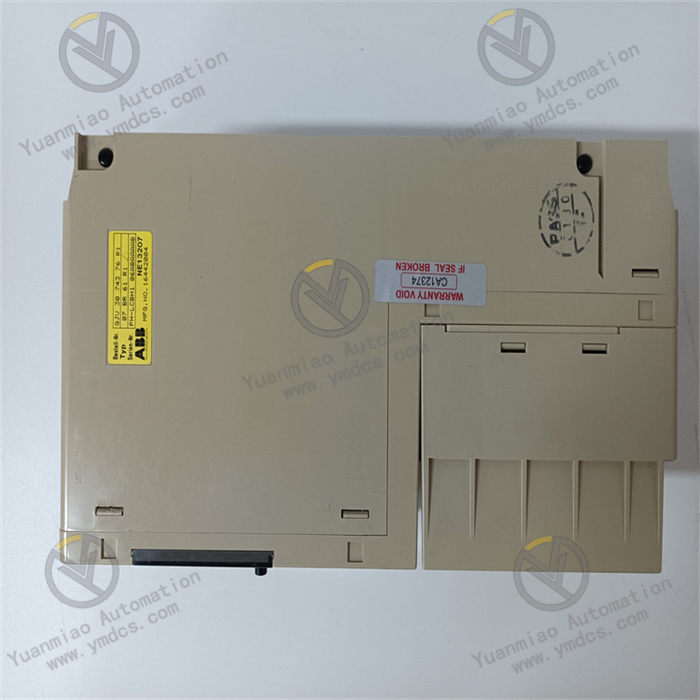
3. Input and Output Fault Fault Phenomenon: The analog input and output values are inaccurate, and the digital input and output are abnormal, such as not responding normally or responding incorrectly. Solution: For analog input, check whether the sensor or signal source is working normally, whether the signal transmission line is interfered with or damaged, and whether the analog input channel of the module is normal. Calibration tools can be used to calibrate the analog input channel. For analog output, check whether the load device is normal, whether there is a short circuit or open circuit in the output line, and whether the analog output channel of the module is faulty. If necessary, replace the output module or related circuit components. For digital input and output, check whether the connection of the input and output devices is correct, whether the operating status of the devices is normal, and whether the digital input and output interface of the module is faulty. The problem can be solved by replacing the input and output module or related circuit components.
4. Overheating Fault Fault Phenomenon: The surface temperature of the module is too high, which may lead to a decrease in performance or a fault alarm. Solution: Check the installation environment of the module to ensure that there is enough heat dissipation space around the module and good ventilation. Clean the surface of the module and the surrounding area to ensure that the heat dissipation channel is unobstructed. If the module continues to overheat, there may be a fault in the internal heat dissipation device, such as a damaged fan. In this case, the heat dissipation device needs to be replaced or the module needs to be repaired.
5. Software Fault
Fault Phenomenon: The software of the module runs abnormally, such as program crashes, data loss or errors, and inability to start normally.
Solution: Try to restart the module to see if it can run normally. If restarting is ineffective, check whether the software version of the module is the latest. If not, upgrade the module software according to the upgrade method provided by ABB. If the software fault still exists, it may be that the software is damaged or a hardware fault causes the software to not run normally. In this case, further diagnosis and repair of the module are required, which may involve data recovery or reinstalling the software.


